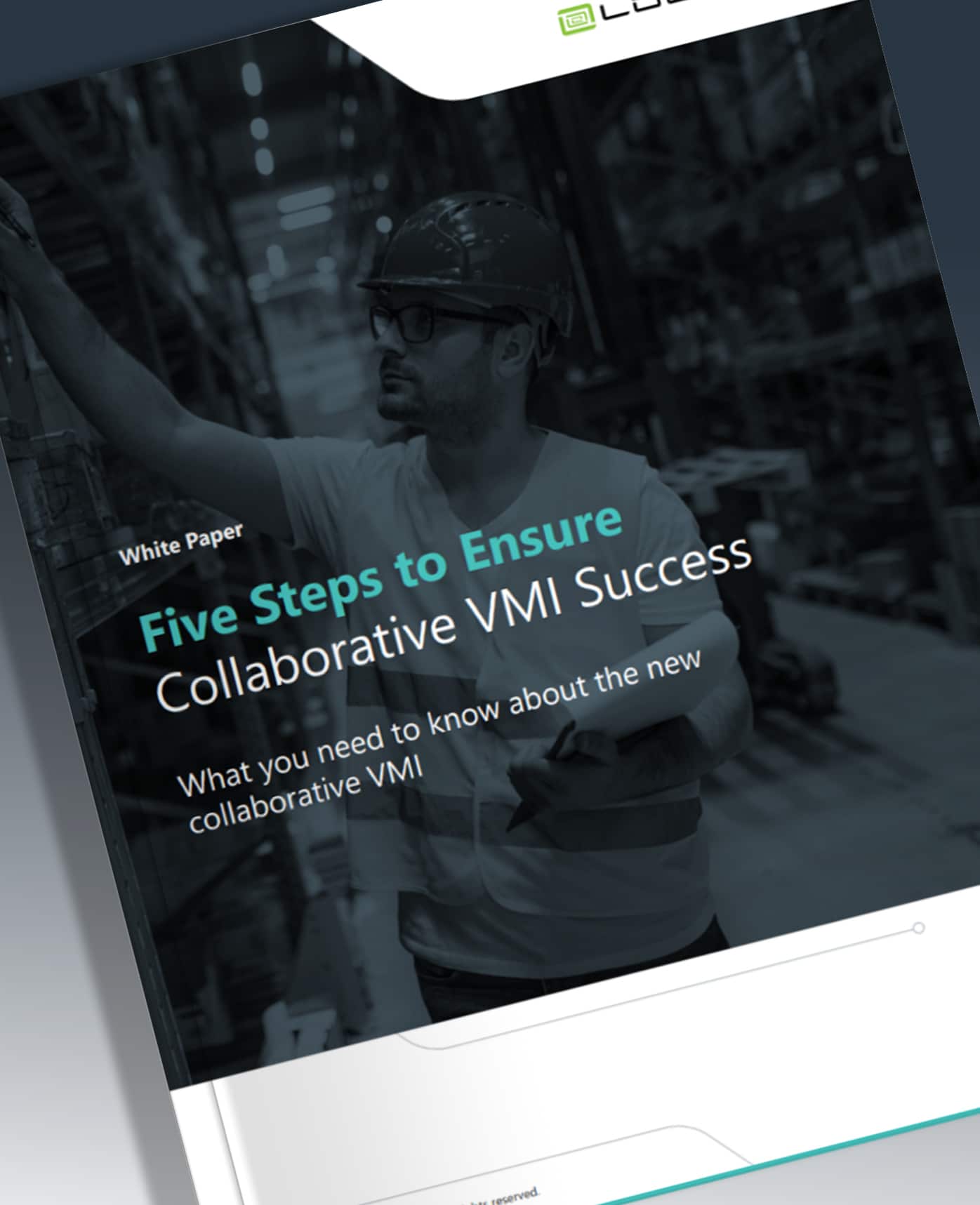White Paper
Five Steps to Ensure Collaborative VMI Success
Complete form to download white paper.
This site is protected by reCAPTCHA. Google Privacy Policy and Terms of Service apply.
In a supply chain management software context, Vendor Managed Inventory (VMI) originally had a reputation of burdening the seller and benefiting the buyer. The last few years have been challenging. The silver lining is that companies have been forced to re-evaluate how they operate, inspect every process, and identify what and how to improve. Many companies have turned to supply chain management software that allows closer collaboration with key partners to improve efficiency, reduce costs and drive a more profitable supply chain. While supply chain costs have decreased, however, there is still a lack of continued absence of true collaboration.
This white paper examines how traditional VMI and CPFR in a supply chain management software platform have come together to form a more encompassing process, ensuring that service levels remain high while inventory levels remain lean. Learn how a more updated process can:
- Dramatically reduce inventories
- Communicate information and benefits across trading partners
- Improve efficiency and cut costs across the supply chain

MORE ABOUT THIS WHITE PAPER:
- WHO SHOULD READ THIS WHITE PAPER?
Business leaders in supply chain across most segments, sales and operations, inventory, and supply chain planners will benefit from the key topics in this white paper.
- WHAT CONCEPTS ARE COVERED IN THIS WHITE PAPER?
Five Steps to VMI success covers concepts selecting the right trading partner, choosing goals and objectives, how to document expectations for implementing the VMI program, and defining data requirements like: point of sale, deciding where to automate to anticipate anomalies new product introductions and more.
- WHY THIS WHITEPAPER IS A MUST READ FOR SUPPLY CHAIN ORGANIZATIONS
This white paper provides real examples and case studies, demonstrating the versatility and evolution of VMI and CPFR without traditional setbacks. Collaborative VMI processes can be seamlessly simplified, scaled, and automated. This eBook can help companies do just that. Are you ready to take the strides to get ahead of your competitors?